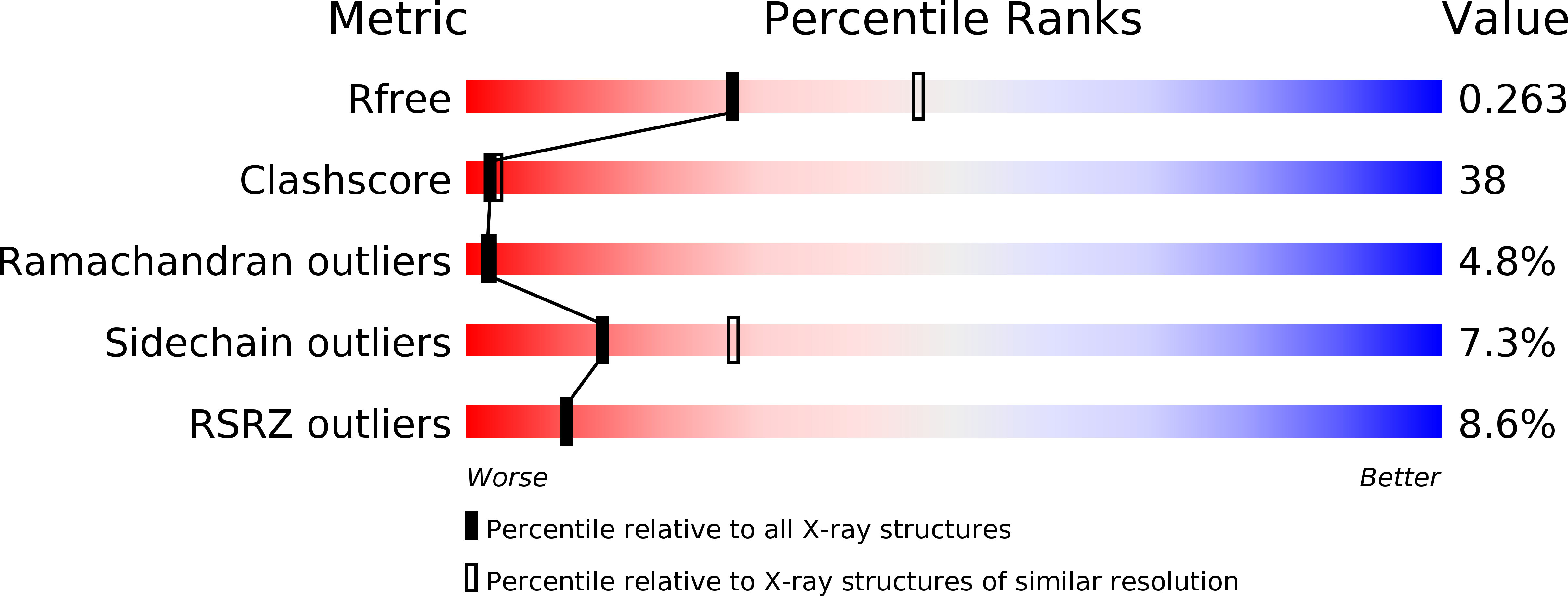
Deposition Date
2005-07-02
Release Date
2006-06-13
Last Version Date
2024-11-06
Entry Detail
PDB ID:
2A6I
Keywords:
Title:
Crystal structure analysis of the anti-arsonate germline antibody 36-65 in complex with a phage display derived dodecapeptide KLASIPTHTSPL
Biological Source:
Source Organism:
Mus musculus (Taxon ID: 10090)
Method Details:
Experimental Method:
Resolution:
2.50 Å
R-Value Free:
0.26
R-Value Work:
0.24
R-Value Observed:
0.24
Space Group:
P 1 21 1


